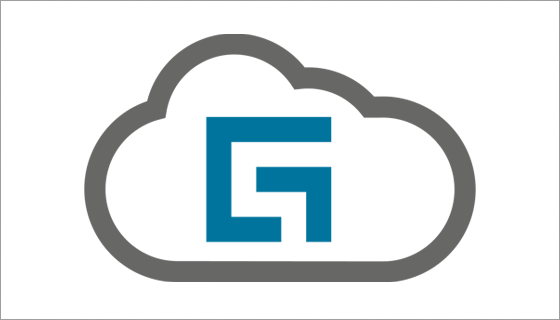
Guidewire continues to serve the unique needs of Australian and New Zealand insurers. And now, thanks to Guidewire Cloud Platform (GWCP) and other product developments, we have a renewed focus on delivering local content to our customers.
After two months of development, we released the Australian Personal Motor line of business supported by an integrated claims capability. This was followed three months later by Australian Goods and Services Tax (GST) for Claims as well as Australian Address Lookup integration with Australia's Postal Address File and Geocoded National Address File for address data.
The speed with which we could do this was enabled by GWCP and by some great new tools from Guidewire. Advanced Product Designer (APD) and the new Integration Framework work together to enable speed-to-market for Australian content.
The GWCP hybrid tenancy model exposes the capability to extend the core where it makes sense (such as with the GST capability) and leverage the APIs and Integration Framework to encapsulate and externalize much of the address lookup functionality. Choosing to use APD to define the motor line of business and product is fundamental to enabling future capabilities, as described by Amy Mollin (Guidewire’s Vice President of Product Management for Guidewire Cloud Platform) in her blog post on Dobson innovation.
A Fast Feedback Loop
In addition to this capability enabled by GWCP, I'm excited that we can also be more agile in our feedback processes with customers.
One of the core benefits of agile is the incorporation of a fast feedback loop in every process. With GWCP, we now have the opportunity to introduce additional agility to our local content development processes. Here’s a summary of our approach:
Provide customers with access to the latest content releases either directly in their GWCP environment or in a customer-facing cloud preview environment.
Gather feedback on the content.
Consolidate and assess the feedback.
Incorporate high-priority items in our development backlog and release new content on the cloud with the included improvements.
How is this process different from what we did in the past? Today we’re making the new content accessible to customers in the preview environment and including the ability to incorporate customer feedback into near-term subsequent releases. This has already paid dividends for the proposed capabilities that we’ve received feedback for and that we’re incorporating in an upcoming release.
All future content releases for Australia and New Zealand will be deployed to the preview environment to create a tight feedback loop incorporating customer feedback on an ongoing basis — release after release. Before GWCP, every customer had to seek out the content, deploy it to their own environments, set up data, perform any environment and integration setup, manage the security for the integration, and more. All of this got in the way of evaluating and providing feedback.
With GWCP, it now takes a one-time setup (performed by Guidewire) to provide access to the environment, and customers can see new features immediately after we enable them.
The cornerstone of this process is openness and trust, something I'm glad to say exists in abundance in the Guidewire community. We need to be prepared to share products widely in their early iterations so that customer feedback shapes the outcome. Because it takes significant time and effort to review and provide feedback, we need to show customers that we trust — and act on — their responses so that their time and effort are well spent.
And just like our product content releases, this process that we've started is itself open to evaluation and feedback. I look forward to hearing from customers about ways that we can continue to improve and better serve their needs.